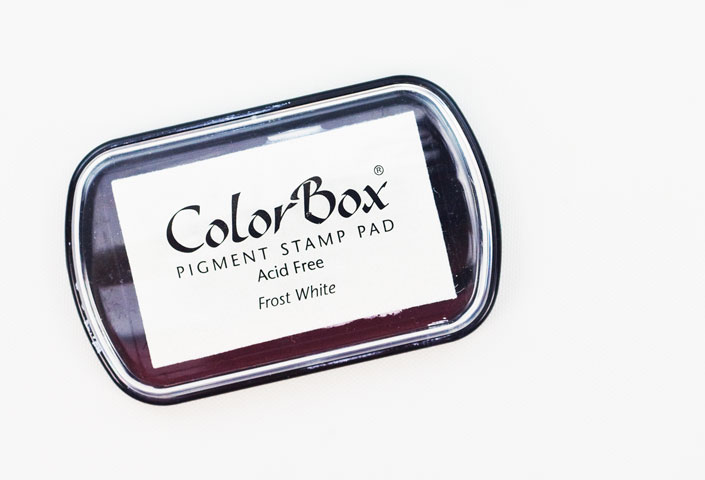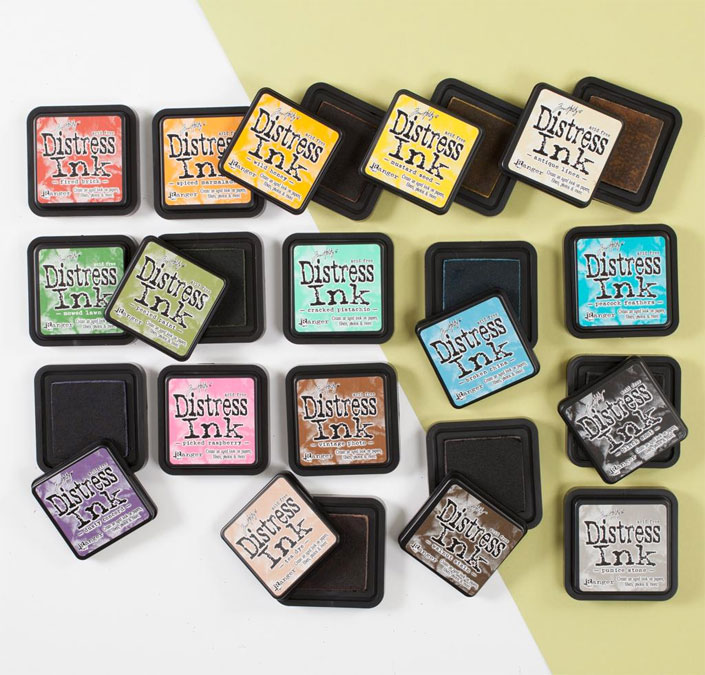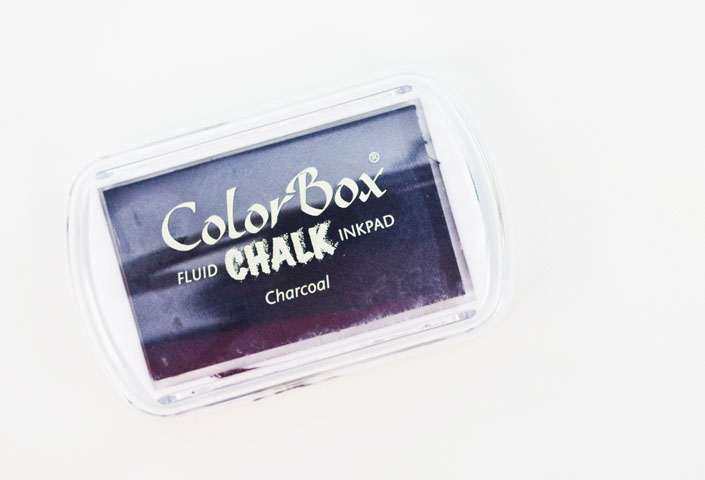What type of ink is best for heat embossing? Will this ink run if I use watercolor with it? Is this ink fade-resistant? Can I use this ink with my Copic markers?
It’s easy to become overwhelmed by all of the different ink options that are available for paper crafts, and we’re here to answer these questions and more with this handy guide for the most common types of ink used in paper crafting and beyond.
Let’s get started on our tour through the wonderful world of ink, shall we?

Dye ink
Dye ink is a water-based ink that is available in a seemingly endless spectrum of bright and vivid colors. This ink absorbs into paper and cardstock and dries very quickly. Colors tend to be transparent or translucent and can be stamped over one another to create interesting visual and color effects.
When to use:
Dye ink is the most popular ink for basic stamping and works well with most types of rubber and photopolymer stamps. Because it is water-based, it can be combined with water to create a watercolor effect in paper crafts. Most dye inks can also be used with alcohol-based inks and markers, like Copics, without smearing.
Not recommended for:
Dye ink tends not to be as fade resistant as other types of ink, so it is not recommended for home decor projects or other types of projects that will be on display in sunlit areas for longer periods of time. In addition, because it is so fast-drying, it is not recommended for heat embossing.
We recommend: Hero Arts Shadow Ink

Pigment ink
Pigment ink is a thick and creamy ink that is typically more opaque. Because it sits on the surface of the paper, instead of soaking into it like a dye ink, it has a longer drying time, and it’s very blendable. This type of ink can also be heat set with a heat embossing tool or heat gun.
When to use:
Like dye ink, pigment ink is also a great choice for stamping. It’s fade-resistant, so it’s a better choice for home decor projects and paper craft projects that will be on display for longer periods of time. Because of its long drying time, it also works very well for heat embossing. And since it has a more opaque finish, pigment ink will usually show up well on darker papers and cardstock.
Not recommended for:
Pigment ink won’t dry on glossy paper and other surfaces, so it must be heat set onto materials with this type of finish.
We recommend: ColorBox Pigment Ink

Embossing & watermark Ink
Embossing and watermark ink is very thick and sticky. It has a slow drying time and is usually clear, though it is also available in subtle tints or shimmers that create interesting effects when dry.
When to use:
Embossing and watermark ink is perfect for heat embossing. Because this type of ink
dries slowly, you can sprinkle embossing powder over top of an area that has been stamped or coated with this type of ink without worrying about the powder falling off before it is cured with a heat tool. In addition, this type of ink creates a great tone on tone or watermark look when stamped onto darker shades of paper or cardstock.
Not recommended for:
Embossing and watermark ink is not recommended for any type of project that calls for a quick dry time or rich, bold ink colors.
We recommend: VersaMark Watermark Ink

Distress ink
Distress ink has special qualities that set it apart from most other dye inks on the market. These water-based dye inks were designed to create a realistic, weathered look on paper, photos and other fibrous media. They are fade-resistant and highly malleable when water is added.
When to use:
Distress inks can easily be used as watercolors in paper craft projects, and they dry more slowly than other dye inks, so you can also use them in heat embossing projects. When stamped, they have a mottled finish that’s great for projects that call for a weathered and well used look. They also blend very well, so they’re a fantastic choice for creating sunrise, sunset and other gradient backgrounds for handmade cards.
Not recommended for:
Because distress inks are water-based, they will run when used with other water-based media. They are not the best choice for stamping if you want a crisp, clean finish.
We recommend: Tim Holtz Distress Ink

Chalk ink
Chalk ink has the dense, muted look of chalk or chalk pastels. It is fade-resistant and fast drying on most surfaces, including paper and clay. When dry, it has a powder-like, matte finish without all of the mess that can come with real chalk.
When to use:
Chalk ink is perfect for any project where you want a matte, chalk-like finish. It works well with most stamps and preserves crisp lines and small design details when stamped.
Not recommended for:
Because chalk ink has a subtle, muted look when dry, it is not recommended for projects that call for a lot of bright and vivid color.
We recommend: ColorBox Chalk Ink

Solvent ink
Solvent-based ink is permanent and can be used on paper, as well as other glossy and non-porous or semi-porous surfaces, such as acetate transparencies, metal, acrylic, shrink plastic, glass and ceramic. These types of inks typically have a fast drying time.
When to use:
Solvent-based ink is very versatile and, as stated above, can be used on a variety of different surfaces. It is the best choice for stamping designs onto acetate transparencies for handmade shaker cards, and it won’t run when used with water-based media like watercolors or water-based inks.
Not recommended for:
Solvent inks will bleed when used with Copic or other alcohol-based markers. Because of their fast drying time, they are not recommended for heat embossing.
We recommend: Tsukineko StazOn Solvent Ink

Hybrid ink
Hybrid ink has qualities of both dye and pigment ink. These pigment-based inks are fast drying and waterproof, and they tend to be more translucent than other pigment inks.
When to use:
Because they are waterproof and permanent on paper, hybrid inks can be used in mixed media projects and with water-based media like watercolors. They are also archival, fade-resistant, and can be heat set onto everything from glass to wood to fabric, which makes them a great choice for home decor projects and for projects that will be on display for a longer period of time.
Not recommended for:
Since hybrid inks have a fast drying time, they are not recommended for heat embossing.
We recommend: My Favorite Things Hybrid Ink

Share tips, start a discussion or ask one of our experts or other students a question.
No Responses to “What Are the Best Types of Ink for Your Paper Craft Projects?”